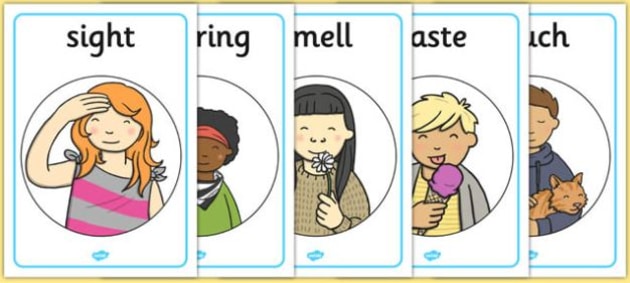
How to analyse contrast? – A step-by-step processĪnalysing contrast is not scary! There is a systematic way to do it. When you combine these two findings, you can find the composer’s message. This can be used to create a certain atmosphere or imagery and emphasise an idea or theme.
See, when you place two things that are significantly different from each other, you draw attention to their differences. This logic applies to events, characters, qualities and literally anything else.įor example, a character can appear a lot braver than they are, by putting them beside someone who is crying in fear. Use the free textual analysis planner to develop your study notes and keep track of your possible arguments. Need help developing and organising your analysis of contrast? However, they are not the same!Ĭontrast refers to the more general placement of oppositional or different things, whereas, juxtaposition requires a direct side-by-side placement. Students often get contrast and juxtaposition mixed up. Antithesis: Two oppositional ideas or concepts that are put together.Paradox: A statement that contradicts itself.Oxymoron: Two contradictory words are written or said side-by-side.Juxtaposition: Placing two things side-by-side to reveal a contrast.These techniques all use contrast, but they are much more specific: How to analyse contrast – A step-by-step processĬontrast is a common technique that is used by composers. That’s why it is important that you are confident in identifying and analysing it.How do I discuss contrast in a response?.Some common questions that students ask are:

We will help you understand contrast, show you what it does, provide examples, and walk you through the steps for analysing this important literary device. This article is part of the English Literary Techniques Toolkit series for the HSC. Welcome to our glossary of Literary Techniques CONTRAST post.


 0 kommentar(er)
0 kommentar(er)
